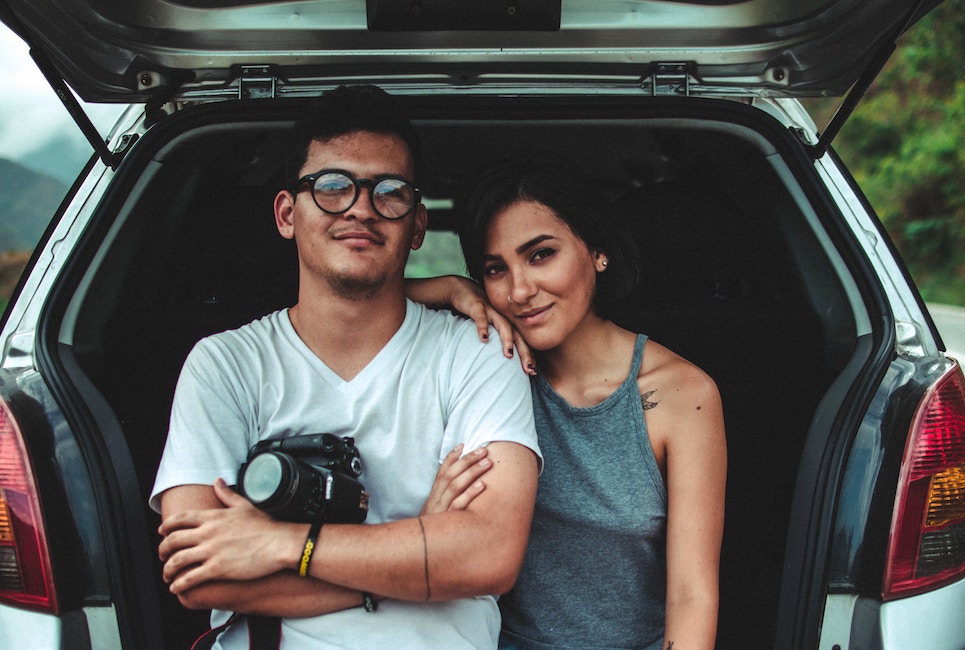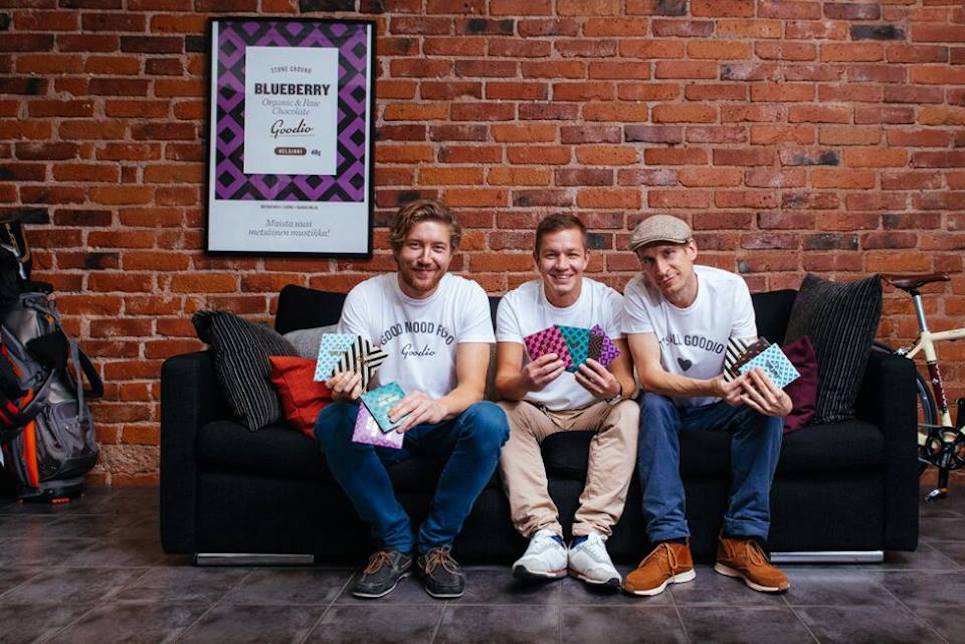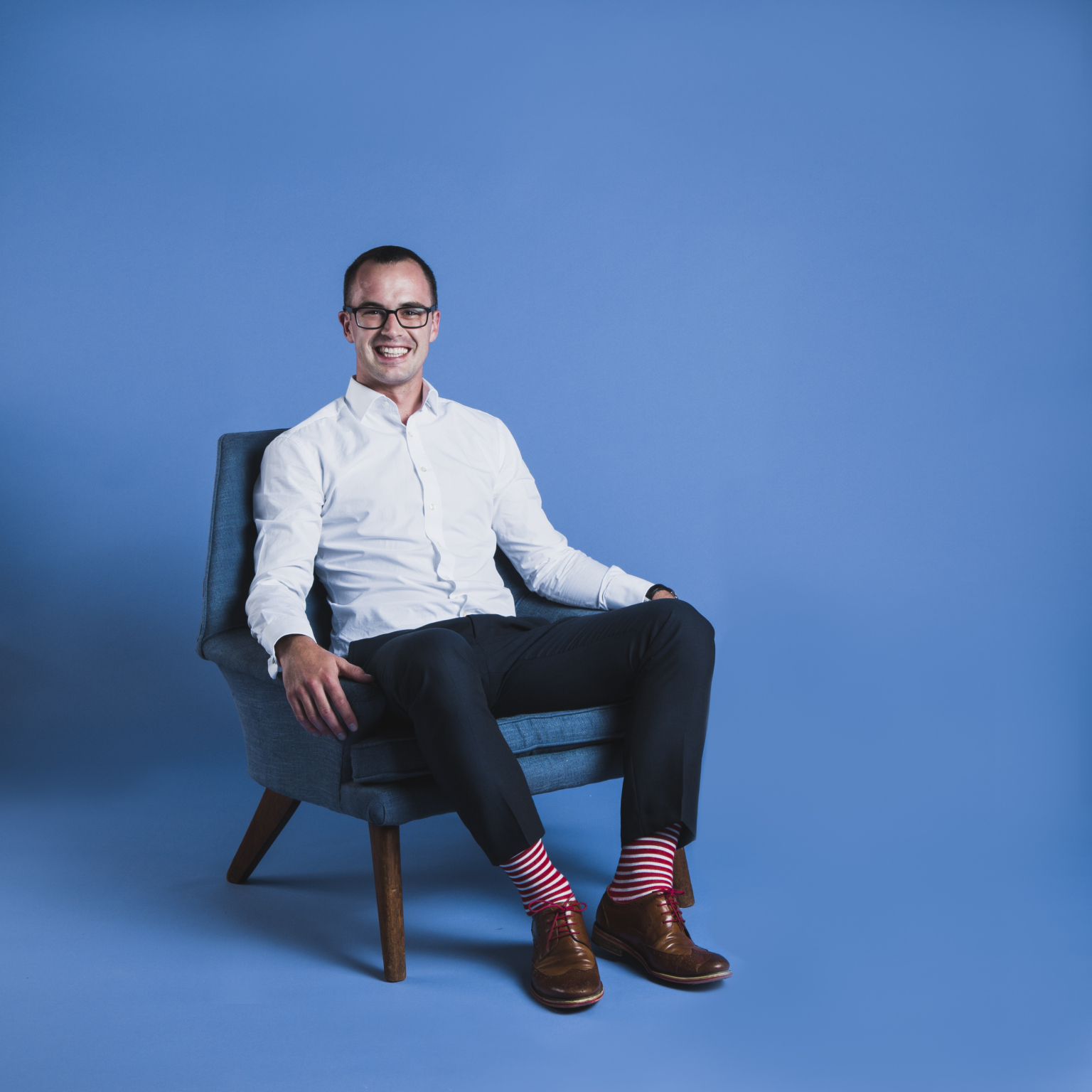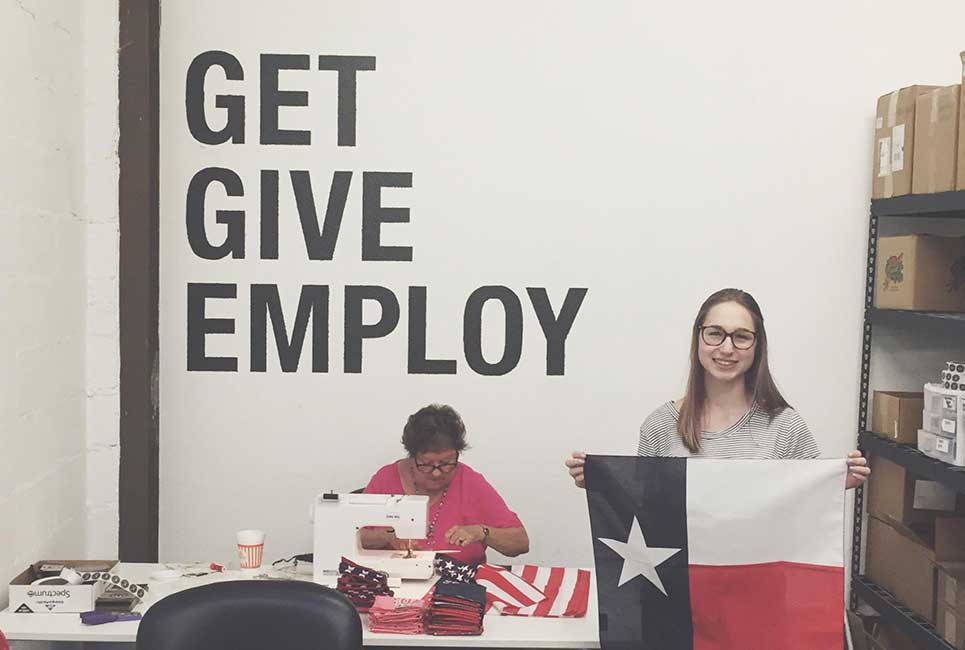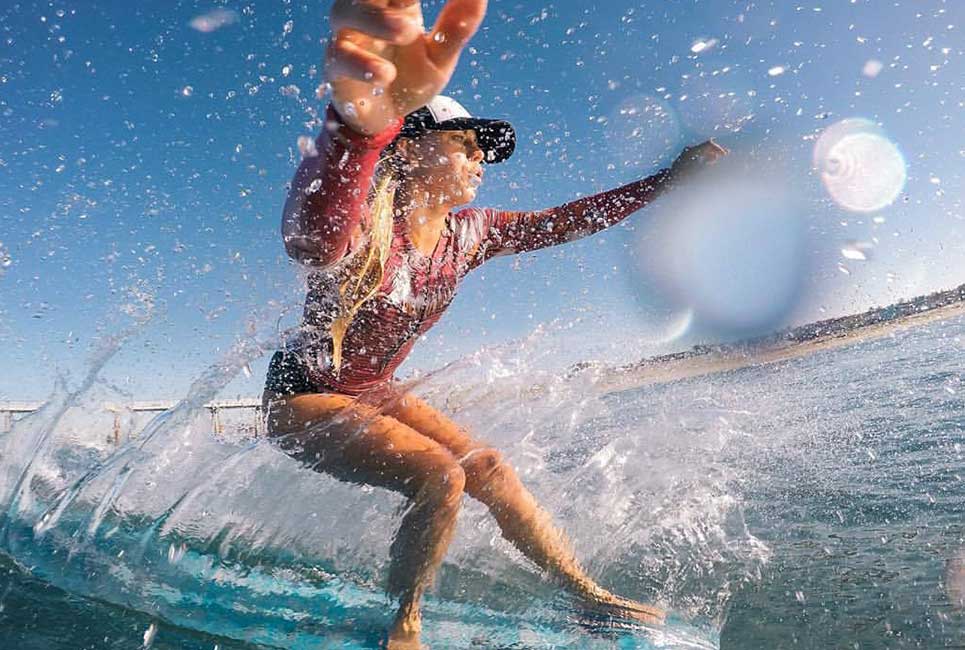This article was originally posted by Grant Trahant on Caustartist
“…there needs to be something to help busy people stay fit people.”
Fitppl is a BCorp certified collective of individuals who are producing forward thinking products, such as plant— based protein powders and ethical apparel.
The founder of fitppl, Patrick Schecht, strives to reduce plastic pollution by using kraft paper pouches and wooden scoops for their protein powders.
Fitppl takes their entrepreneurship a step further and provides funding for Active Cleanups, which are fitppl hosted events where the fitppl community cleans up heavily littered areas.

Check Out My Q&A with fitppl founder, Patrick Schecht.
What’s the story behind fitppl and its community!
Fitppl started from an idea back in 2012, while standing in the company kitchen of a startup that I was working at. The options provided were mostly unhealthy, and was I feeling the effects of consuming them daily. This was right after returning from living in Costa Rica, where I was eating clean local foods and smoothies.
I asked the office manager to bring in a protein powder to offer smoothies as a healthier option. She ordered a generic dairy based protein with flashy graphics and a laundry list of ingredients I didn’t understand.
Other employees wanted to make healthy choices too, but I noticed they needed simplicity to balance out the busy workday. I remember standing in the kitchen thinking, “there needs to be something to help busy people stay fit people.” This was during the explosion of social media and smartphones, common words were usually abbreviated on these platforms.
So I abbreviated people and came up with fitppl. I loved the simplicity and uniqueness of the name. Now I had a name and an idea.
I eventually quit that job in March of 2013 and pursued freelance film, a skill I’d taught myself from personal interest. This schedule allowed me to spend time traveling and put more focus towards fitppl, which was still just an idea at this point.
The purpose piece came to me while traveling through Thailand in the Fall of 2013. Swimming near Koh Hong Island, I noticed a lot of plastic floating around the otherwise clean and crystalline ocean, this sparked my concern. I started doing research while in Thailand, and the more research I did about plastic pollution, the more dire the situation became.
The catastrophic plastic waste in the oceans is one of the biggest problems facing our species and countless others.
The origins of the Ditch The Plastic initiative was born from the experience, which was the catalyst that took fitppl from an idea to conception.
I spent 2 years developing everything and then launched in late 2015. Our community has been flat out awesome since the launch. They are incredibly passionate and an integral part to spreading our mission.
What types of plant-based proteins can be found in your protein and superfood blends?
We started with two products, our plant proteins and our 2-in1 superfood. Starting a company that was so purpose driven towards the environment, I couldn’t use whey due to the environmental toll that dairy farming is causing, not to mention the nasty hormones and steroids in dairy. I also could never stomach whey protein with just water. I wanted something I could mix with water, but still versatile enough that people could make recipes.
For the plant proteins, we use an organic rice, pea, and hemp blend and instead of flavoring it with artificial ingredients commonly found in protein powders, we use fruits like acai, goji, pomegranate, and blueberries. Then, we created two flavor variations, Vanilla & Goji and Cocoa & Blueberry. Both are really smooth and delicious with just water, and can be added to smoothies or whatever you can think of!
Our 2-in1 superfood is a blend of alkalizing cereal grasses and algae which make up the greens, and a diverse array of fruits which make up the reds. Hints the name, Green & Red superfood. This blend delivers a combination of chlorophyll & antioxidants to increase energy, promote detoxification, battle cell damaging free radicals, boost your immune system, and other benefits. It’s our most versatile as far as recipes.
We even had one person submit their superfood avocado dip. It can be mixed with just water also, it’s tangy and delicious!
For those not in the fitness world, what makes your protein different from what most of us see on the shelves in stores.
It’s what sources of protein we use, and what we left out. If you look at our ingredients, you don’t have to google anything. No xanthan gum, emulsifiers, or artificial ingredients. We also left out the stevia. It’s usually highly processed in powder form, turning it from a green leaf to a white powder.
We’re 100% plant-based, which is better for people and better for the planet. Our diets have an immense effect on the environment, mainly due to meat and dairy production. Cows require a lot of water, energy, and transportation. They also release a good amount methane gas through belching and farting. This is without even touching on the animal cruelty aspect.
Do some research on humans consuming cows milk and there are some alarming facts. Plus, milk gets denatured due to Pasteurization, the process of heating milk to high temperatures, which destroys vital vitamins, minerals, good bacteria and enzymes. Additionally, most commercial whey protein powders are highly processed at high temperatures leaving a highly denatured and damaged protein.
Our plant proteins do not go through this high temperature processing, while still achieving a complete amino acid profile. You can also find plants and nuts that have more calcium than milk.
So, if you can replace meat or dairy with plants, it’s a win-win, for you, the environment, and animals.
[Related] If you’re liking this than you’ll probably love “Spotlight: On The Ground Floor With Yarden Garden”

Tell us about the Ditch The Plastic Initiative and what it means to you.
“A lot of people don’t realize that 80% of plastic pollution enters the ocean from land.”
Our Ditch The Plastic initiative is an integral part of the of why fitppl was created, it’s all about action and awareness. There are too many people littering and not enough picking up, we want to shift this trend and influence individuals to make an impact in their everyday lives. If you see plastic or trash litter, pick it up and dispose of it properly.
This is really what put the idea into overdrive. I didn’t come from a background in any kind of environmental studies or influence. I just saw the plastic pollution issue first hand in Thailand back in 2013 and literally thought to myself, “This is f*cked up and I have to do something about it.” The challenge was how to get people behind a daunting issue, the facts are real and can be discouraging.
There’s an estimated 46,000 pieces of plastic per square mile in our oceans, and by 2050 we’re estimated to have more plastic than fish in our oceans. Plastic production is set to double in the next 20 years and we’re dumping a garbage truck worth of plastic in our oceans every 60 seconds.
This is where the problem lies, when plastic makes its way to our oceans, it causes havoc for sea-life, and eventually human health. This plastic doesn’t magically go away, it can take up to an estimated 1000 years to decompose.

So the initiative is about action and awareness. I wanted to weave the initiative into the brand in a way that empowered people to support our purpose. Consumers have immense power with their spending. Where you spend and invest your money is a powerful way of voting each day to support a healthy you, and planet. So each purchase supports our mission to reduce plastic pollution through our Active Cleanups and forward-thinking products.
Our Active Cleanups combine the active lifestyle of fitppl and our company mission, by hosting free community workouts with an organized plastic cleanup afterwards. These are free for anyone to join and as the company grows, so do the cleanups, our goal is to host all over the U.S. and eventually the world. We also drastically reduce plastic packaging and eliminate plastic scoops. We did this by using kraft paper stand-up pouches and reusable wooden scoops included inside. All future products will honor this initiative. Our Ditch The Plastic initiative is an integral part of the of why fitppl was created. Our branding, messaging, products, and cleanups all tie together to allow customers to get involved in numerous ways.
We’re loving the organic clothing. What ethical fabrics are you using in crafting your fitppl tops?
We use organic cotton and recycled plastic bottles. They’re also made in California using low-impact dyes, and water-based screen printing. A lot of people are unaware that the fashion industry is the second biggest polluter of freshwater resources on the planet, behind the oil industry. A quarter of the chemicals produced in the world are used in textiles. People wanted apparel, but we couldn’t promote this mission, then cut corners when making products outside of our core focus.
What’s the fitppl collective about and how does someone become a member?
Most brands in the supplement space have ambassadors, which is commonly a person, celebrity, or athlete with a large social following selling their products for an incentive. What we’re doing with the collective is featuring people who are creating real change in their communities towards our mission. Activist, environmentalist, and community leaders actually doing positive things and making a real impact. We don’t care about followers or likes, we care about impact. We recently launched this and are looking for people to feature, you can go to fitppl.com/collective/ to apply.
If their were a few tips you could give to someone who wants to create a more healthier lifestyle for themselves, how would you tell them to start what are the most important first steps to take.
There is a lot of information, diets, and fads floating around. Simplicity is the best way to start. A good starting point is to eat 5 times a day. Eat mostly plants. An ideal day of eating should include breakfast, a mid-morning snack, lunch, mid-afternoon snack and dinner. This will help keep your metabolism in check and curb over eating. There are calculations you can use with your weight and height for target calories.
When you buy food products, the less ingredients, the better. You should be able to count them on your hands. If you have to pull out your phone to google ingredients, you may want to pass.
[Related] If you’re liking this than you’ll probably love “Spotlight: On The Ground Floor With Yarden Garden“
